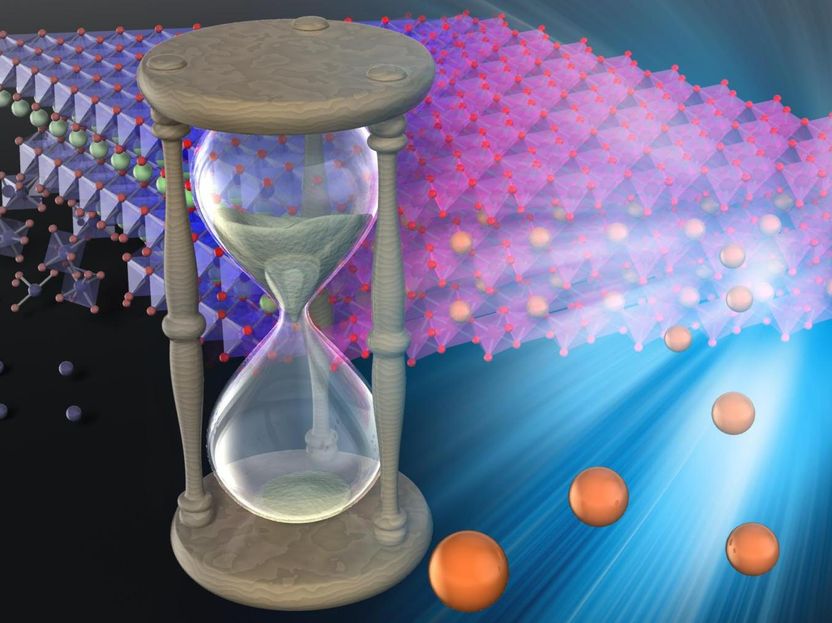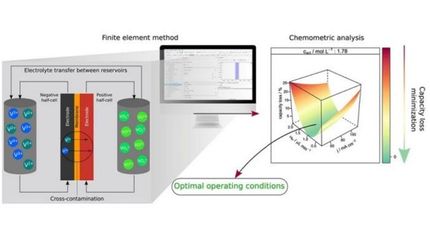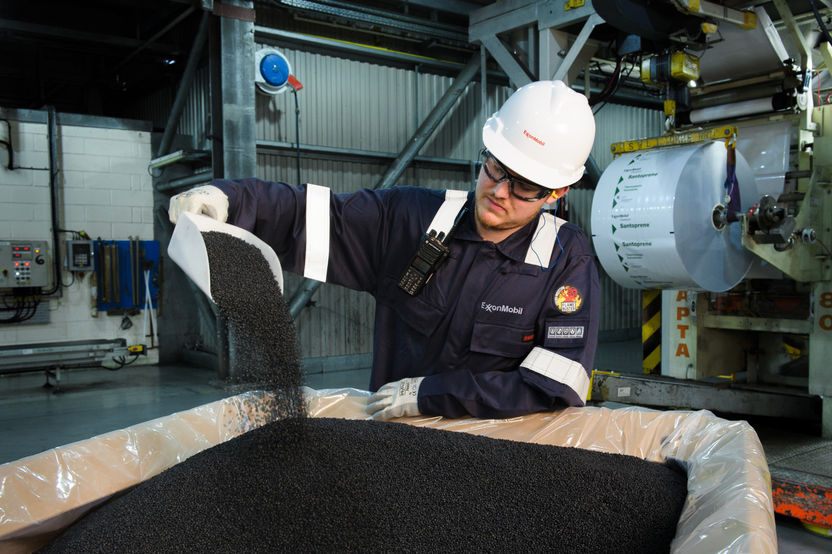Self-repairing batteries
A way to create high-capacity long-life batteries
Advertisement
Engineers at the University of Tokyo continually pioneer new ways to improve battery technology. Professor Atsuo Yamada and his team recently developed a material which could significantly extend the life of batteries and afford them higher capacities as well.

Self-repairing batteries would have longer lifetimes than batteries at present.
© 2019 Atsuo Yamada
From smartphones to pacemakers and now even cars, batteries power much of our world and their importance only continues to grow. There are two particular aspects of batteries that many believe need to improve to meet our future needs. These are the longevity of the battery and also its capacity - how much charge it can store.
The chances are your devices use a type of battery called a lithium-ion battery. But another kind based on sodium rather than lithium may become commonplace soon. Both kinds of battery can store and deliver a large amount of charge, thanks to the way constituent materials pass electrons around. But in both lithium and in sodium batteries, repeated cycles of charging and usage can significantly reduce the storage capacity over time.
If you could see inside a typical battery, you would see layers of metallic material. As batteries charge and discharge, these layers degrade and develop cracks or flakes - called stacking faults - which reduce the batteries' ability to store and deliver charge. These stacking faults occur because the material is held together by a weak force called the Van der Waals force, which is easily overwhelmed by the stress put on the materials during charging and use.
Yamada and colleagues demonstrated that if the battery is made with a model material - oxygen redox-layered oxide (Na2RuO3) - then something remarkable happens. Not only does the degradation from charge and discharge cycles diminish, but the layers actually self-repair. This is because the material the researchers demonstrated is held fast by a force called coulombic attraction, which is far stronger than the Van der Waals force.
"This means batteries could have far longer life spans, but also they could be pushed beyond levels that currently damage them," said Yamada. "Increasing the energy density of batteries is of paramount importance to realize electrified transportation."
Original publication
Other news from the department science
Most read news
More news from our other portals
See the theme worlds for related content
Topic World Battery Technology
The topic world Battery Technology combines relevant knowledge in a unique way. Here you will find everything about suppliers and their products, webinars, white papers, catalogs and brochures.

Topic World Battery Technology
The topic world Battery Technology combines relevant knowledge in a unique way. Here you will find everything about suppliers and their products, webinars, white papers, catalogs and brochures.

































































